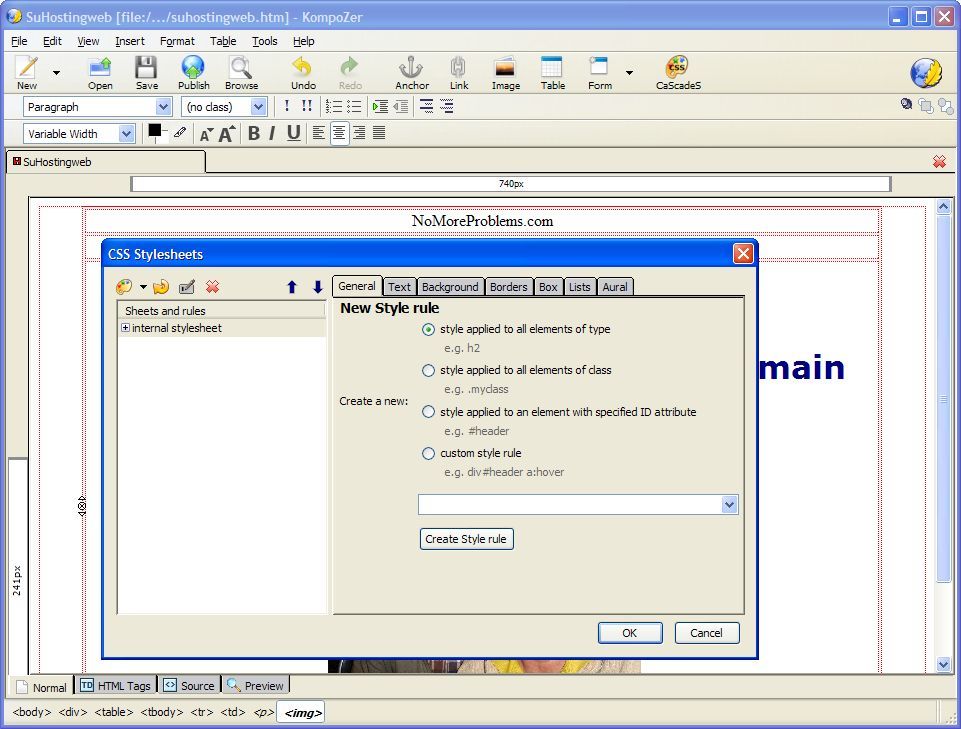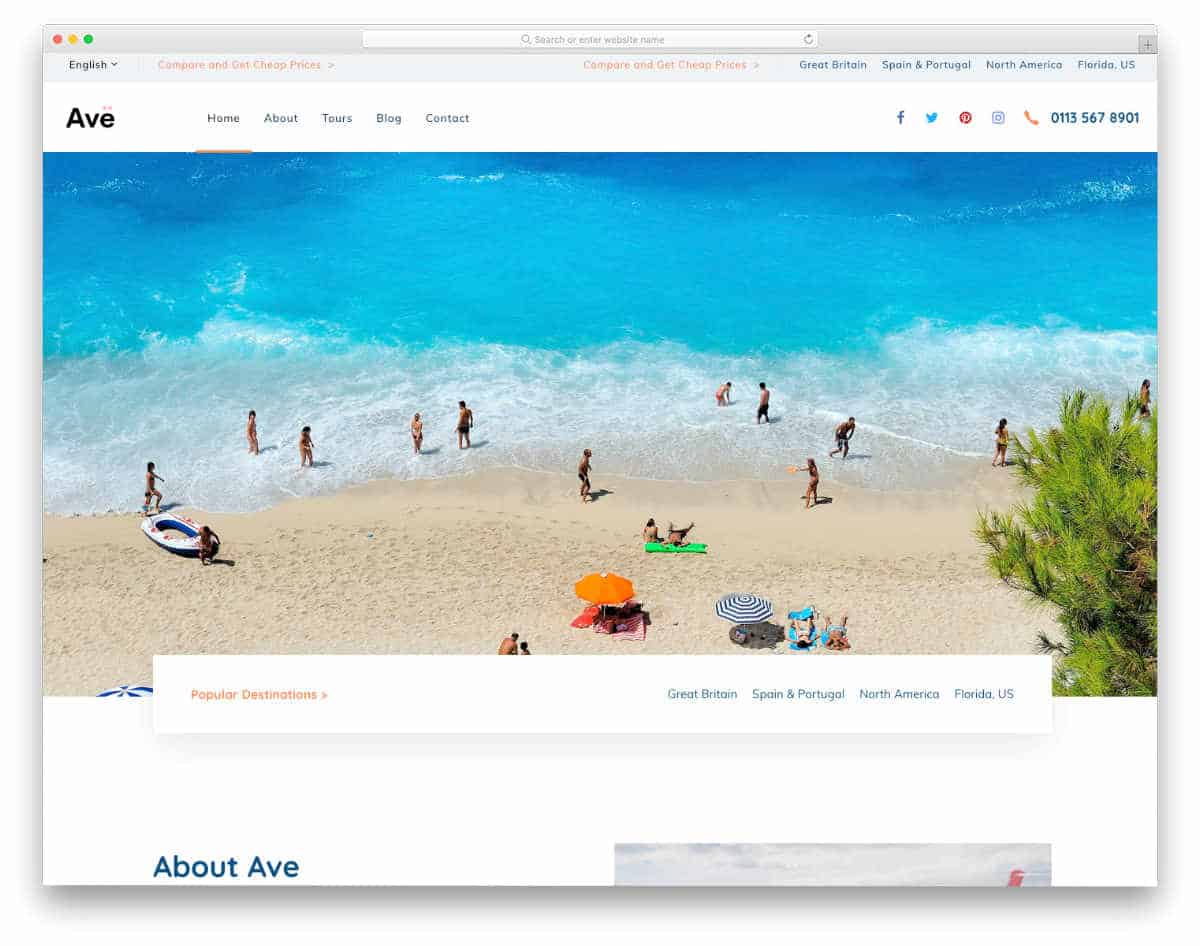

Filezilla is a good FTP client but I prefer WinSCP for most of my file transfer work. Your host should provide the FTP settings you need or the URL of their online uploader if they have one. Once you got the finished page(s) you can now upload them to your host. Some HTML editors are clever enough to spot mistakes like this and change them to the correct absolute or relative paths. The links should be absolute to the website root or relative to the web page you are writing. If the links remain like this they will not be accessible to the page once it is published. For example do noy use links such as C:\Users\Documents\Websites\brisray\image.jpg on your pages. This is Dreamweaver in "Code and Design" viewĪnother thing to watch for is not to link assets, pages links, images etc.

Not doing this explains why Google could find over a billion sites with the text " new page 1" instead of a proper page title in July 2010 and over 20 billion in January 2023.Įditing a web template. When editing the template remember that you will also need to alter the template header - that part of the webpage that includes the page title and metatags. This information may also be in a text file you downloaded with the template or in the template itself. The site you got the template from should provide information on which parts of the template is for your content and which parts should be left alone. Once you've got the template open in the editor you need to edit the content. I like the WYSIWYG (What You See s What You Get) editors that also allow you to alter the HTML directly such as Kompozer, NVU or one of the others around. You can use whatever editor you like to edit the templates. If you mess something up you can always recopy the original files and start again. Here's a tip - do not edit the original files, instead make a copy of them and work on the those. Once you've unpacked the files you can now start adding your own content to it.
KOMPOZER TEMPLATE ZIP FILE
All the files are usually in a ZIP file that needs to be unpacked before you can use them.
KOMPOZER TEMPLATE DOWNLOAD
Once you've found your template, you can download it. So almost any page, once the content has been removed from it, can be called a template. A template is simply an empty webpage, or one with relaceable content.

I happen to design my own sites so don't use the downloadable templates but that doesn't mean I don't use my own. Templates only save you the work of designing a website not the job of writing and maintaining them. Templates are the basis of a working website you are still going to have to add your own content and that will usually mean at least a working knowledge of HTML and CSS. Templates do not absolve you from knowing at least the basics of HTML and CSS. Choosing an overly complicated template could lead to problems later if you decide to change the way the menus work or change the default images. Your own knowledge of HTML and CSS should also influence your decision on your choice of template. For example, will you need some sort of ASP or PHP coding on the page? When looking for a template it's a good idea to know what sort of hosting and technology you will want to use.
KOMPOZER TEMPLATE HOW TO
Hopefully these sites also offer advice on how to use their particular templates and this is just a general guide.

Most seem of pretty good and offer various options depending on what you need to do - for example PHP or ASP capable hosting. A simple Google search for web templates bought up some 144 million sites in July 2010, in January 2023 that had increased to over 1 billion (a thousand million) that offer web templates. These templates are pre-made all you have to do is add your own images and text and maybe edit the menu links to point to the other pages. A lot of people find the actual process of designing a website tedious or hard to do and this is where web templates come in.


 0 kommentar(er)
0 kommentar(er)
